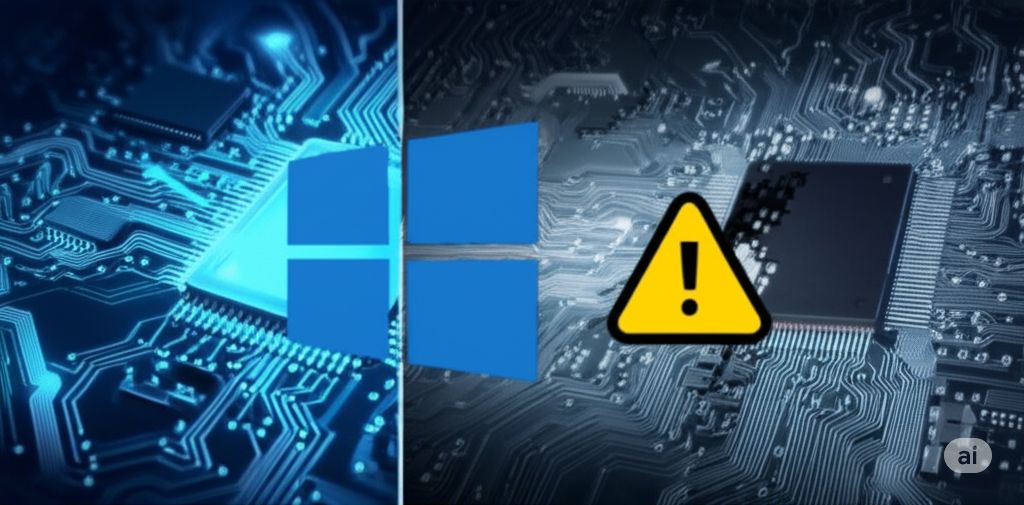Ever wondered how your computer stays safe from tricky software right from the moment you turn it on? That’s where Secure Boot comes in! Think of it as a super-strict bouncer at a club, but for your computer’s startup process. Its job is to make sure only approved and trustworthy software gets to run.
What is Secure Boot?
Secure Boot is a security feature built into modern computers that use something called UEFI (Unified Extensible Firmware Interface) for their basic startup instructions. Instead of letting just any program run when your computer boots up, Secure Boot acts as a gatekeeper.
How Does It Work (The Simple Version):
- Your Computer Wakes Up: When you hit the power button, your computer’s internal “boss,” the UEFI firmware, starts the whole process.
- Checking IDs (Digital Signatures): Every piece of software that wants to run during startup needs to show its “ID card.” This ID card is actually a digital signature – a unique, digital stamp from the software creator. It’s like a verified badge that proves the software is genuine and hasn’t been tampered with.
- Only Trusted Software Gets In:
- If the software has a valid and approved digital signature, Secure Boot gives it the green light, and it’s allowed to load.
- If the signature is missing, fake, or doesn’t match, Secure Boot blocks it immediately. This stops potentially harmful or unauthorized programs from even getting a foot in the door.
Why is Secure Boot Important?
- Stops Malware at the Door: It’s a powerful shield against sneaky viruses and other malicious software that try to infect your computer during the very first moments of startup, even before your regular antivirus software can kick in.
- Keeps Your System Intact: It ensures that only the software approved by your computer’s manufacturer (or operating system provider) is loaded. This helps maintain the integrity and stability of your system.
- Boosts Your Security: Ultimately, Secure Boot adds a crucial layer of protection, giving you greater peace of mind that your computer is starting up safely and securely.
Are There Any Downsides?
Occasionally, Secure Boot might cause minor compatibility issues with very old operating systems or specialized hardware that don’t have the necessary “approved ID cards” (digital signatures). However, for most modern setups, it works seamlessly.
Where Can You Find It?
You can usually find the Secure Boot setting within your computer’s BIOS/UEFI settings menu. It’s typically a simple option that you can enable or disable.
This security feature plays a vital role in safeguarding your computer from the ground up!


